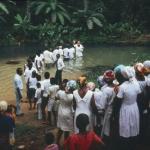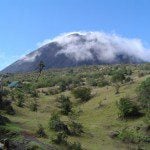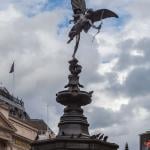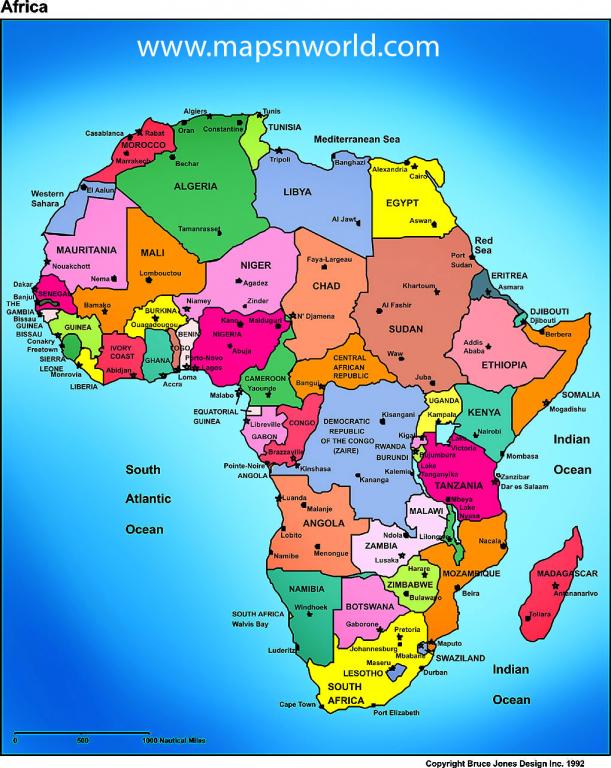
This is a stunning story about the converting power of the Book of Mormon and about the motivating power of personal faith: “Refugee walks 728 miles to be baptized after reading Book of Mormon: Amos Makulu walked across Tanzania to be baptized as a member of The Church of Jesus Christ of Latter-day Saints. Now in New York, he is instrumental in creating a Swahili-speaking branch.”
It offers yet another example of the fascinating stories that are emerging out of Africa as the Restoration touches lives there. It’s to preserve and to tell at least a few of these stories that Jeff Bradshaw has, with the backing of the Interpreter Foundation, undertaken his Not by Bread Alone video project.
Wouldn’t it be wonderful to have recorded video interviews with faithful early Latter-day Saints in which they told their own stories of inspiration, challenges, faith, persecution, revelation, and miracles? Well, we have something like that opportunity in the case of Africa. And many of the pioneer figures are still alive. Some are no longer with us, but, happily, the film Pioneers of Africa, which I mentioned in my previous blog entry, captured footage of several of them prior to their passing. As the years go by, such things will be an inestimable treasure to rising generations of Latter-day Saints. Fortunately, too, at least one or two representative stories out of Africa will be featured in the forthcoming fourth volume of Saints: “How a team created the ‘elaborate and intricate’ narrative arc that spans 4 volumes of ‘Saints’: Historians and writers used a 3-act structure for each volume of the new history of The Church of Jesus Christ of Latter-day Saints to create a more narrative experience of reading history”
It isn’t coincidental, by the way, that the forthcoming Interpreter Foundation film Six Days in August will also culminate with a temple theme. I hope that you’ll notice.
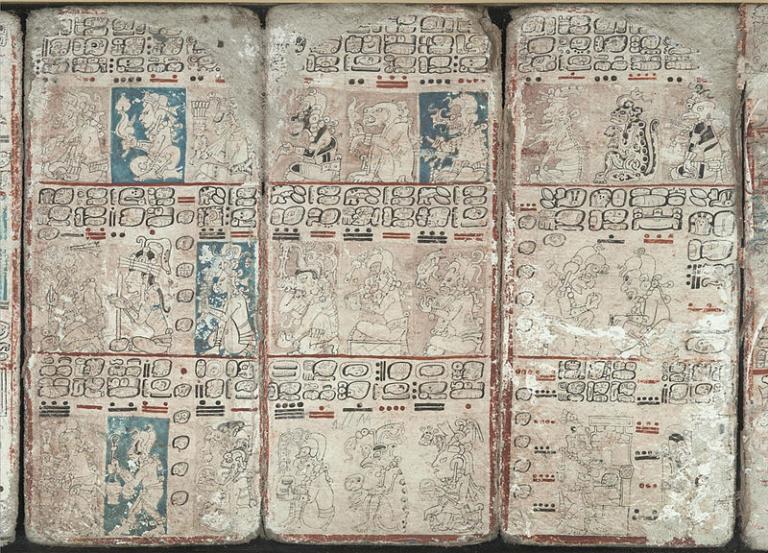
(Wikimedia Commons public domain image)
If you would like to listen in on the third installment in the Interpreter Foundation’s Mesoamerica Lecture Series — which is aimed principally at those who will be participating in the Foundation’s Mesomerican tour late next month and into early November — you’re welcome to join us. The lecture will take place tomorrow night, Wednesday, September 4, at 7:00 PM MDT (Utah time). Please log in a few minutes early by means of this link: https://us02web.zoom.us/j/84094879926
Dr. Kerry Hull will address the issue of “Mesoamerican Writing Systems.”
Writing has been independently invented five times in human history, and one of those was in ancient Mesoamerica. This lecture exams the various writing systems that developed beginning 3,000 years ago in Mesoamerica. There are more than a dozen attested forms of writing in the region, many coinciding with Book of Mormon populations. I will examine the nature of logographic and syllabic forms of representation in Mesoamerica, the sophistication and aesthetic beauty of their icons, and the different types of attested media on which writing occurred, including on gold. Finally, I will discuss the content and themes of Mesoamerican writing, focusing primarily on Maya hieroglyphic Mayan (since it is the best attested), but also looking at earlier forms that were present in Jaredite times.
Kerry Hull is a Professor in the department of Religion at Brigham Young University. He earned a B.A. in Spanish and B.A. in French in 1992 from Utah State University. He received an M.S. in Applied Linguistics from Georgetown University in 1993. He completed a Ph.D. in Linguistic Anthropology at the University of Texas at Austin in 2003. His academic interests include Maya linguistics and anthropology, Polynesian linguistics, historical linguistics, sociolinguistics, and Maya epigraphic studies. He has conducted linguistic, ethnographic, and archaeological fieldwork in Mexico, Belize, Guatemala, and Honduras. He specializes in the language and culture of the Ch’orti’ Maya of southern Guatemala. He has also carried out linguistic fieldwork on the Ua Pou dialect of Northern Marquesan and on the dialect used on the island of Raivavae in the Austral chain in French Polynesia.
THIS LECTURE WILL NOT BE RECORDED.

Newly posted on the website of the Interpreter Foundation: The Book of Mormon in Context Lesson 37: “Glad Tidings of Great Joy”: Helaman 13-16
In their 18 August 2024 Come, Follow Me segment of the Interpreter Radio Show, Martin Tanner and Kris Frederickson discussed Book of Mormon lesson 37, “Glad Tidings of Great Joy” covering Helaman 13-16.
Their conversation was recorded. Moreover, it has now been freed from commercial and other interruptions, archived, and made available for your listening convenience via the link given immediately above. The other segments of the 18 August 2024 radio show can be accessed at https://interpreterfoundation.org/interpreter-radio-show-august-18-2024.
The Interpreter Radio Show is broadcast every single week of the year, with rotating teams of volunteer hosts. It can be heard live on Sunday evenings from 7 to 9 PM (MDT), on K-TALK, AM 1640. Or you can listen live on the Internet at ktalkmedia.com.

(Wikimedia Commons public domain image)
And, while I’m on the subject of the media, permit me to mention an article that has appeared on a website entitled Religion Unplugged. I believe that Jennifer Hicks deserves great respect for her willingness to speak out publicly: “Hollywood Offers Harmful And Misleading Latter-Day Saints Portrayals”

(Wikimedia Commons public domain image)
Finally: I had just finished a chapter in the book that I’m currently reading for pure relaxation at bedtime. Suddenly it hit me — within seconds, quite unexpectedly and out of the blue: Gazpacho is a really funny word. (The book is Homer’s Odyssey, as translated into prose by T. E. Shaw. It never mentions gazpacho.) There are, of course, several other really funny words, speaking of their sheer sound and not of their meaning. But somehow I couldn’t think of any others right at that moment. (Rhododendron, maybe? Galapagos?) Gazpacho is the one that came to my mind, for whatever reason. Do any of you out there have any words that just strike you as, well, funny?


